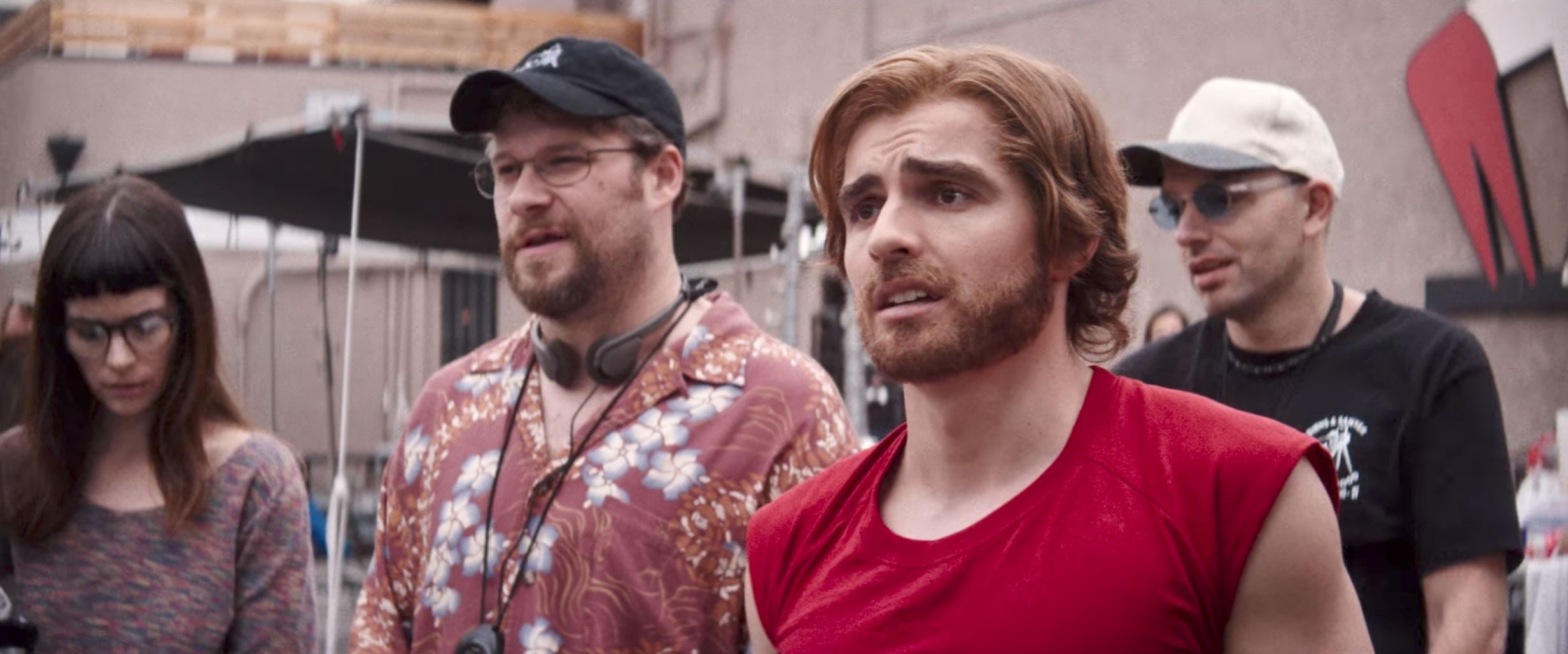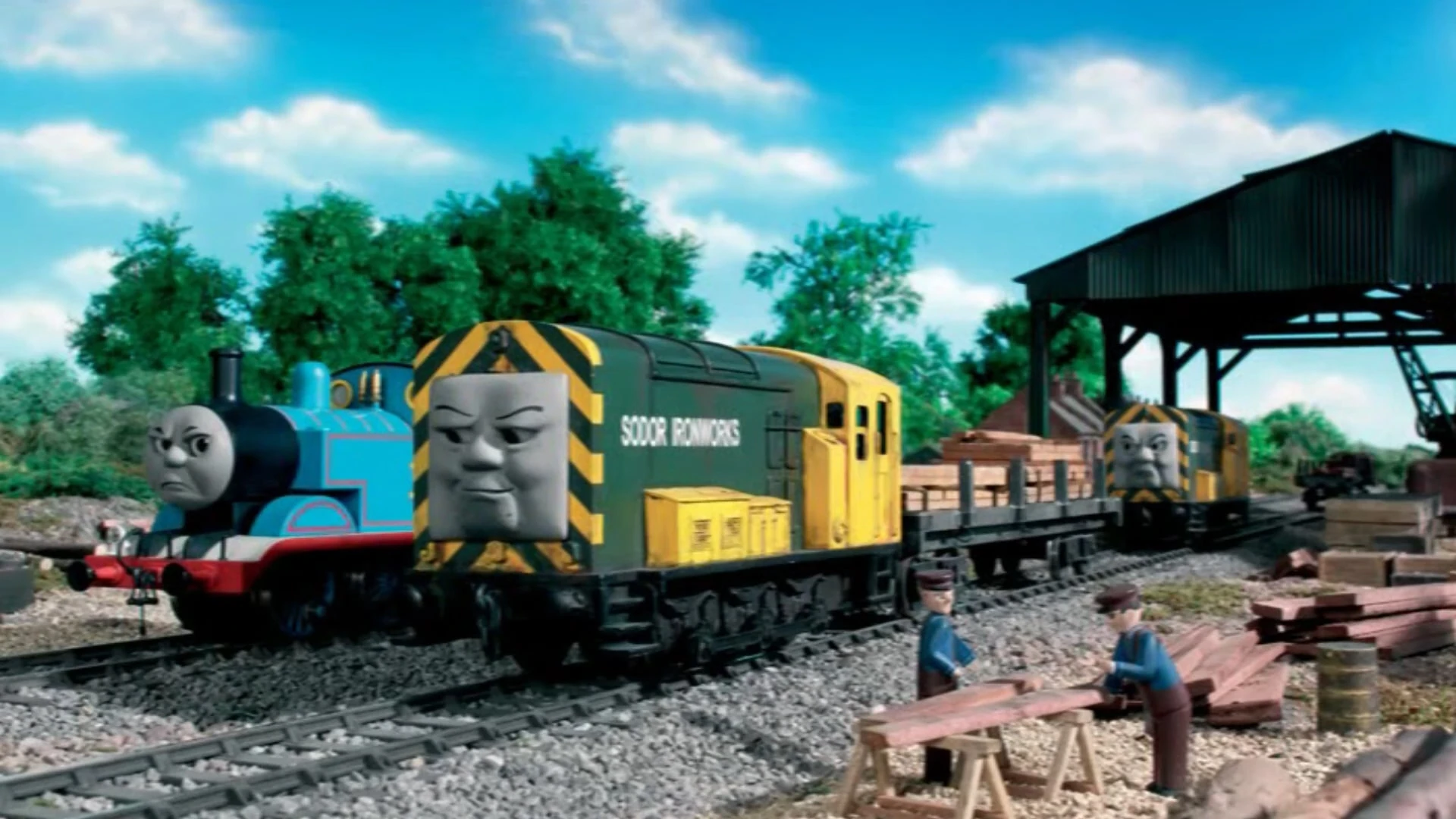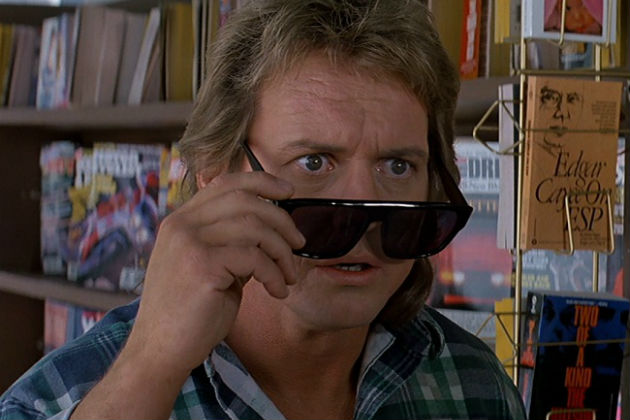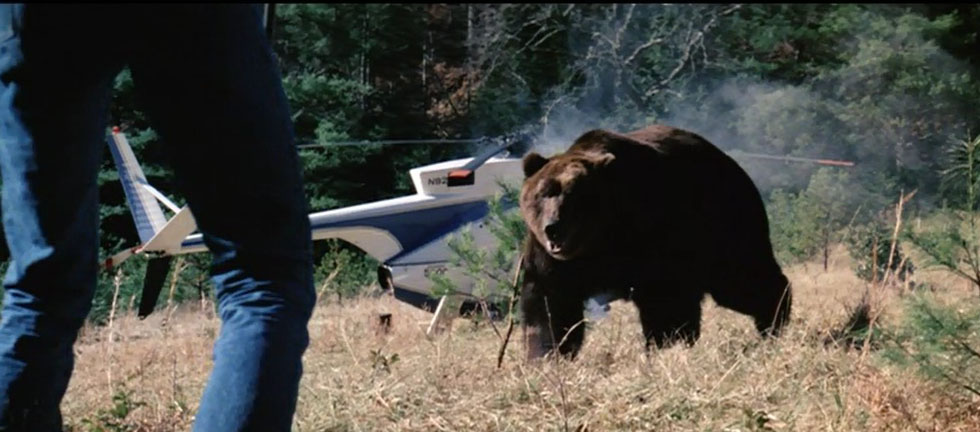Among hobbies that come and go when it comes to movies, the
internet film critic persona really exploded in the early 2000s after the show
Siskel & Ebert initially started the trend decades before. But with that,
many sensations most notably The Nostalgia Critic played by Doug Walker gained
a lot of attention after covering what was supposedly the worst movie ever
made. Yet as much as they bashed it, everyone still recommended seeing it and
that was because of the man behind the whole production. That man, Tommy Wiseau
has now gone from complete movie reject to film celebrity because of The Room
(2003) he had released so many years ago. Although there are several things
known about Wiseau, there are still many basic facts nobody knows about him
like his ethnic background and how old he is. Nevertheless, with his movie now
having a collective fan base, there was bound to be a movie made about it
whether it be a biopic or documentary. Really the biopic was the only option
left because the documentary was already done.
 |
| "Soo,...what was my line again?" |
Seeing that notion repeated over and over throughout the
running time is something everyone needs to tell themselves. If this is truly
what Tommy Wiseau believes in real life, he is a much deeper individual than
many people think. As for the actors who play Wiseau and company, the main cast
was great. James Franco who plays Wiseau (and directs this feature too) did an
amazing job becoming Wiseau. Franco easily grabs the attention of the viewers
with his spot on take of Wiseau. One would really have to sit back and remind
themselves that it's only Franco and not Wiseau himself. Playing Greg Sestero
is James' brother Dave Franco and although it may seem like cheating, that two
brothers are playing the starring roles, the two work well together. That goes
even for the times where friction occurs. For supporting actors, Seth Rogen as
Sandy the script supervisor has a number of funny lines. Ari Graynor who plays
the Lisa character does a good job at replicating the infamous scenes from the
film as well.
Playing Denny was Josh Hutcherson who plays the character
from the original movie accurately too. There also appearances from other
actors like Alison Brie, Jacki Weaver, Paul Scheer, Zac Efron, Judd Apatow and
even Bryan Cranston. Seeing all of this happen though is still astounding due
to the fact that Tommy Wiseau went from a complete nobody on the Hollywood
radar for a decade or so. Later to transform from incompetent filmmaker to
glorified genius. This just proves the fact that no matter what you do, if you
keep pushing the direction you want to go, you will be recognized for it. Tommy
Wiseau wanted to have his shot at being famous back in the early 2000s, and now
he really is. Sometimes success, fame or money does not come instantaneously
like some think. The same could also be said for Greg Sestero who had a bunch
of opportunities pop up. But in the end, he's best known for this feature and
has openly welcomed that notoriety as much as he hesitated about it at first.
 |
| Seth Rogen & Dave Franco |
Points Earned --> 8:10























